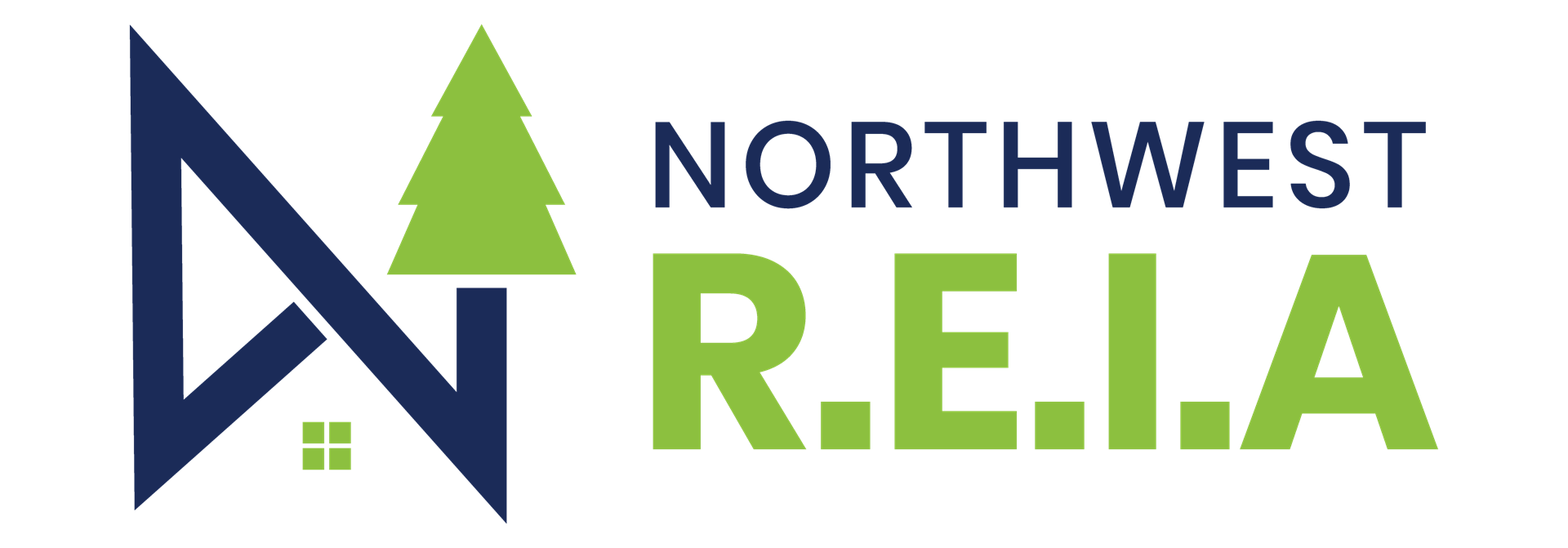Upcoming events
-
09/16/2025 11:30 AMZoom Webinar
-
09/23/2025 6:30 PMRound Table Pizza - 16444 Boones Ferry Rd, Lake Oswego
-
10/08/2025 1:00 PMVirtual
-
10/09/2025 6:30 PMScottish Rite Center - 4090 Commercial St SE, Salem
-
10/14/2025 6:30 PMMazama Brewing Orenco Station - 955 NE Orenco Station Loop, Hillsboro
-
10/20/2025 6:30 PMVirtual

